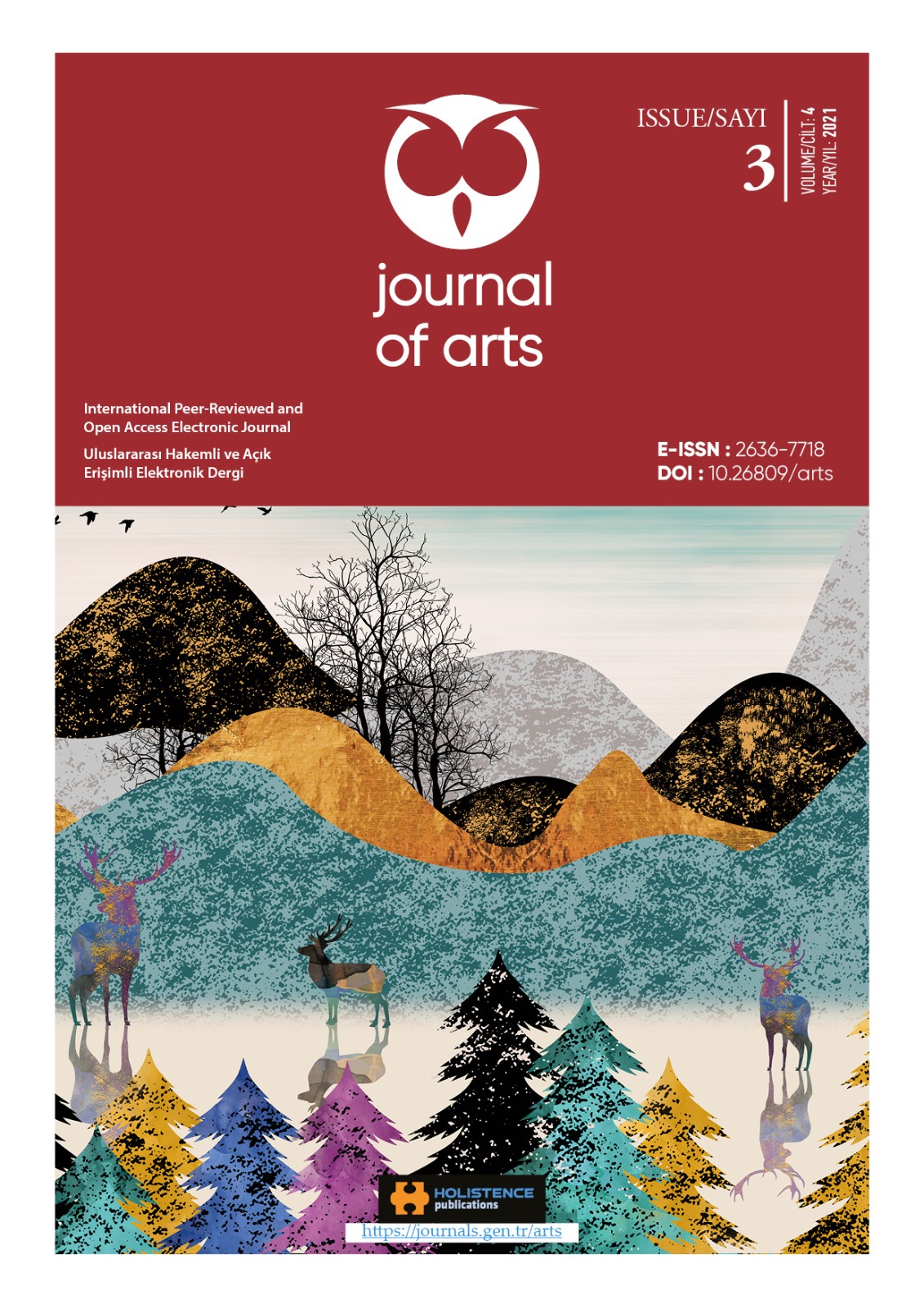Abstract
In addition to being a mirror that reflects the society in which it is produced, art is a practice that uses the technology of its age creatively. It is possible to trace the centuries-old relationship between technology and art, from a painter who produces mixtures and colors like a chemist to a video artist using television technology. Art productions using today's communication and data technologies and gathered under the titles such as Media Art, New Media Art, Digital Art, Post-Media or Post-Digital art are today's prominent art practices. This research aims to present a background that deals with the historical process of media art in the context of communication society, and then to analyze Network Mapping applications, which are derived from an art production centered on Big Data-based applications and have turned into an opec access application at this point.
Graph Commons, which is an example of creative approaches in the visualization of the complex systems that shape the technology and communication-oriented world we live in, and operates as an application platform made available to everyone, uses Big Data, which consists of data collected, compiled and processed from all internet users, with the creative perspective of art and social benefit. It inspires the fields of art, design and communication regarding its use.
References
ANDERSON, B (1995). Hayali Cemaatler-Milliyetçiliğin Kökenleri ve Yayılması, İstanbul: Metis Yayınları.
BENJAMIN, W. (2011). Pasajlar, (Çev. Ahmet Cemal) 8. Basım, İstanbul: YKY.
BISHOP, R. (2021). Across and Beyond:Post-digital Practices https://transmediale.de/content/across-and-beyond-post-digital-practices-concepts-and-institutions [Erişim Tarihi: 12/5/2021].
BOLOGNINI, M. (2008) Posdigitale, http://www.bolognini.org/bolognini_PDIG.htm#ch1 [Erişim Tarihi: 5/6/2021].
BOZKURT, M. (2005). Video Sanatı, İstanbul: Bileşim Yayınları.
ELMACI, T. (2015). Yeni Medya Sanatı, Yeni Medya Yeni Yaklaşımlar Konferansı 2, Çanakkale 10-12 Ekim 2015
ESSER, A. (2021). İnternet Ortamında Medya Sanatı
FRIELING, D. (2021) http://medienkunstnetz.de/themes/overview_of_media_art/ [Erişim Tarihi: 5/6/2021].
http://burak-arikan.com/tr/mypocket/ [Erişim Tarihi: 30/5/2021].
http://critical-art.net/ [Erişim Tarihi: 5/6/2021].
http://furtherfield.org/features/interviews/data-asymmetries-interview-burak-arikan [Erişim Tarihi: 12/5/2021].
http://pg.mediafilter.org/ [Erişim Tarihi: 12/5/2021].
https://graphcommons.com [Erişim Tarihi: 5/6/2021].
https://monoskop.org/Postmedia [Erişim Tarihi: 12/5/2021].
https://tr.wikipedia.org/wiki/B%C3%BCy%C3%BCk_veri [Erişim Tarihi: 12/6/2021].
https://www.goethe.de/ins/tr/tr/kul/mag/20799837.html [Erişim Tarihi: 21/5/2021].
MANOVICH-HASSAN,L. & THOMAS,R.(2006). New Media Theory Reader, “What İs The New Media” Julian, Open University Press Buckingham, GBR
MCLUHAN, M. (2001). Gutenberg Galaksisi, (Çev. Gül Çağalı, Güven), İstanbul: YKY
SANAÇ, E. (2021). Sivil Haritalama, Ağlar Müşterektir.(Röportaj) https://bantmag.com/dergi/no-24/sivil-ag-haritalama-aglar-musterektir/ [Erişim Tarihi: 22/5/2021].
TRİBE M. & REENA J. (2009). New Media Art, Taschen, Köln.
WEBSTER, F. (2014). Theories of the Information Society, Routledge.

This work is licensed under a Creative Commons Attribution 4.0 International License.
Copyright (c) 2021 Holistence Publications


